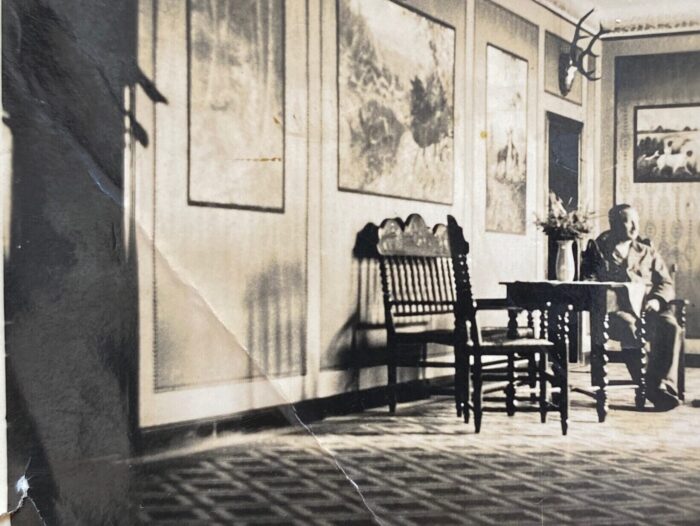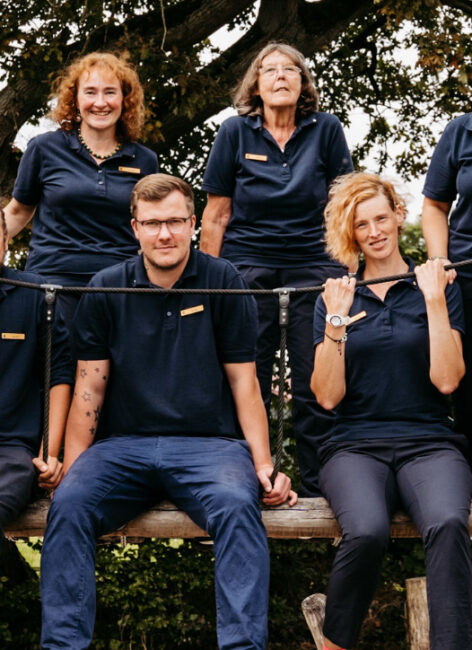First mentioned in 1357
Landhaus Averbeck was first mentioned in a document in 1357 as Hofstelle Hassel No. 3. The farm has been in the family since the beginning of the 16th century and has been passed down from generation to generation ever since. The name "Garnhof" (Goarnhoff), which is still used today by old residents, is based on the former family name "Gade", which became "Hornbostel" through marriage in the 17th century and only became "Averbeck" in 1933. It was Gustav Averbeck, Hans-Heinrich's father, who married Gertrud Hornbostel at that time. Today, the entire farm, including all fields, meadows and forests, covers 189 hectares. Over the course of time, the management of the farm has always been adapted to the most diverse conditions and circumstances. On the typical heath farm with, on the one hand, sandy and low-yielding soils and, on the other hand, a lowland moor around the Örze valley, people used to grow frugal plants such as buckwheat and bog oats; they kept dairy cattle, pigs, heath sheep and goats. The heath areas were created by the large-scale clearing of forests for salt production. Wood was so valuable that peat from the moor was still "baked" here until about 1940 and used for heating in winter. Heidplacken, which was laboriously cut and brought to the stables as litter (hence "Packerei"), was the only fertiliser for the fields, together with animal dung. Other economic "mainstays" were the fish ponds for carp breeding in the humid Örze valley and, from about 1850 until the 1920s, the brickworks. The fired bricks were transported from the "Lehmkuhle" to the B3 on trolleys, but they were also used to build the barn, the bakehouse (ca. 1850, today's Landlümmels restaurant and play barn) and the main house (1909). In the bakehouse or "Häuslingshaus" there were rooms for the average five to six farmhands, maids and other employees of the farm, in addition to a large baking oven; one room in it was temporarily available to wandering homeless people, as was customary and prescribed at the time. The invention of artificial fertiliser at the beginning of the 20th century was of great importance: higher-yielding fields and meadows meant more food for animals and thus the possibility of keeping more animals. The hardship during the world wars and afterwards required the cultivation of "satiators" such as potatoes, bread grain, fodder and turnips or pumpkins and other useful crops such as flax (linseed for linseed oil) and hemp (hemp fibre).




























